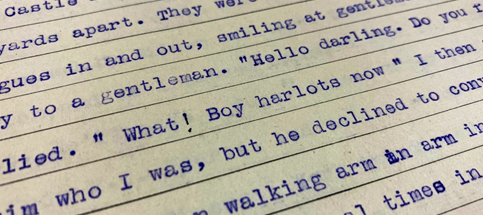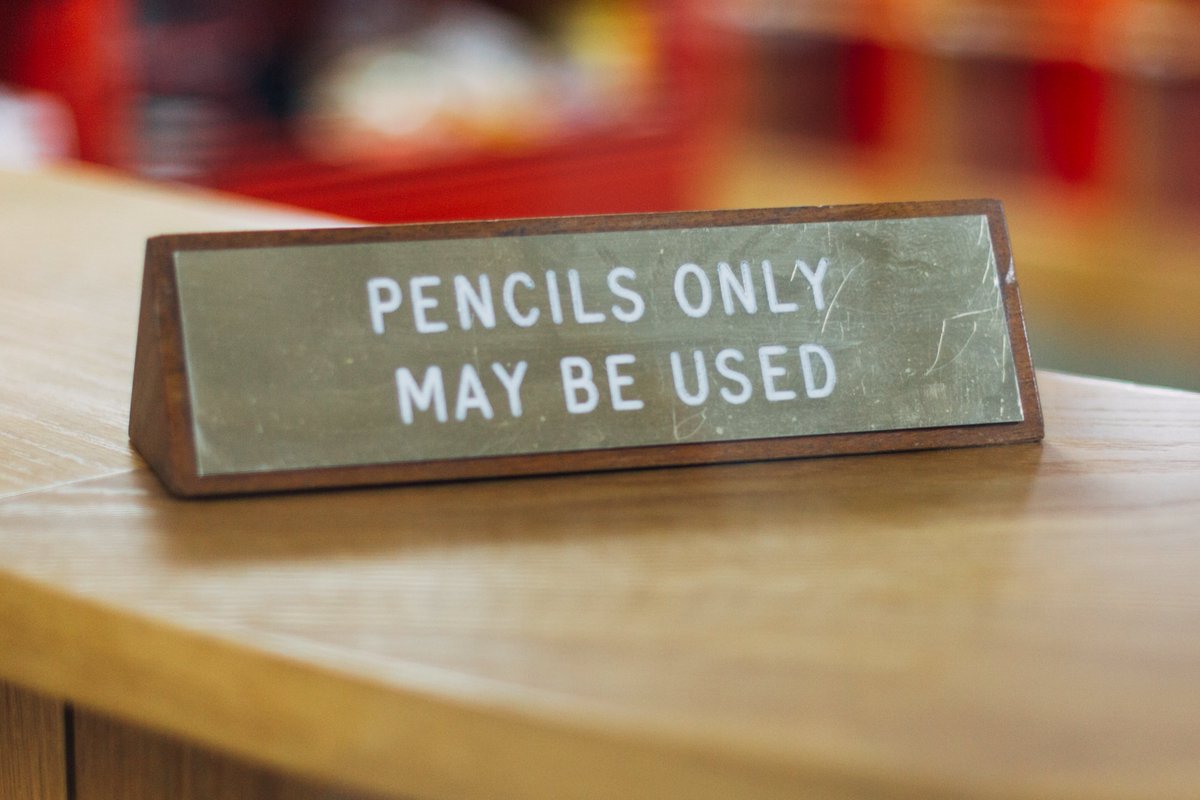
The majority of records relating to sex work in the archives are about female sex workers; however, there have also always been men who have sold sex, predominantly to other men.
📷: MEPO 3/2136
📷: MEPO 3/2136

Men engaged historically in sex work faced a double stigma. Both homosexuality and sex work were controversial in their own right.
Despite this, reports of male sex work and male brothels had been longstanding and, at times, prominent in the public eye.
Despite this, reports of male sex work and male brothels had been longstanding and, at times, prominent in the public eye.
In 1889, the Cleveland Street scandal took place, when a male brothel run by Charles Hammond on Cleveland Street, London, was discovered by police.
The case prompted a very public scandal and received significant press attention.
The case prompted a very public scandal and received significant press attention.

Our records include the original statement and correspondence of John Saul. Saul was a known Irish sex worker who worked in London and gave a controversially frank testimony as part of the case.
With his statement, Saul provided visiting cards of three other professional ‘Mary Annes’.
The term ‘Mary Anne’ was a coded expression from the time for a male sex worker.
📷: DPP 1/95/4/2
The term ‘Mary Anne’ was a coded expression from the time for a male sex worker.
📷: DPP 1/95/4/2

Concluding his evidence Saul wrote: ‘I am still a professional “Mary Anne”.
Despite Saul’s open confession, he was not prosecuted.
Ultimately, the government was accused of covering up the scandal to protect the names of prominent patrons.
📷: DPP 1/95/4/2
Despite Saul’s open confession, he was not prosecuted.
Ultimately, the government was accused of covering up the scandal to protect the names of prominent patrons.
📷: DPP 1/95/4/2

A few decades later, in 1925, three men were noted by police as smiling at gentlemen as they passed, swaying their bodies in a ‘girlish manner’ and blowing kisses at men they approached; these men were soliciting for sex.
This was in the heart of Soho, a centre for selling sex.
This was in the heart of Soho, a centre for selling sex.

The sex workers boldly approached various men, engaging them in conversation.
One of the soliciting men said: ‘Won’t it be ripping. I hope you have got a nice warm bed.’
One of the soliciting men said: ‘Won’t it be ripping. I hope you have got a nice warm bed.’
Unfortunately, for these smiling and giggling men, it turned out that this time they had unwittingly approached police officers.
📷: MEPO 3/403
📷: MEPO 3/403

The male sex workers were arrested. The items on the men at the time were seized as evidence, including handkerchiefs, a number of visiting cards, a comb, lip salves, more than one powderpuff and a quantity of lavender.
📷: MEPO 3/403 and WO 195/15751

📷: MEPO 3/403 and WO 195/15751


Why was make up so significant? See our previous thread to find out …
https://twitter.com/UkNatArchives/status/1436626732606439429?s=20
The men involved wanted to avoid bail through fear of people at their addresses finding out about their arrests, indicating the potential shame attached to being a male sex worker.
One individual says: ‘No thanks. I don’t want my people to know.’
Sadly, as with many of the records, we do not know what happened to these individuals after this case.
Sadly, as with many of the records, we do not know what happened to these individuals after this case.
Throughout history sex work has come with significant stigma and risks.
This is reflected in the rich archive material that survives – read the blog to find out more:
blog.nationalarchives.gov.uk/importuning-me…
This is reflected in the rich archive material that survives – read the blog to find out more:
blog.nationalarchives.gov.uk/importuning-me…
• • •
Missing some Tweet in this thread? You can try to
force a refresh















